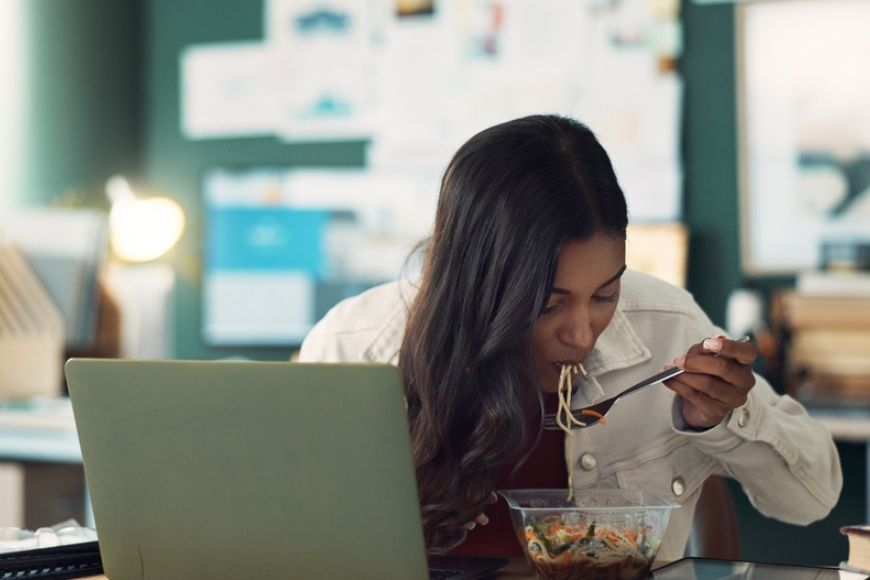Here are a few simple guidelines for choosing a ‘healthy’ backpack.
3 September 2017
| Last updated on 23 January 2018

However, is this possible these days, with all the books and extras needed? Sadly, even in this digital era, when at least some schoolwork can be done online, there has been no apparent decrease in the weight carried by children. Often lockers are available at the school, but they are generally not used much, as they are too far from the classes or there is not enough time between periods to exchange the books.

- Choose a backpack with two straps and ensure that these are tightened evenly. This allows the weight of the bag to be distributed evenly over the body. A bag with one strap can cause injury to the shoulder, back, and neck from uneven load distribution. Of course, if the bag has two straps, encourage your child to use both straps at all times.
- Choose a bag that fits your child and is appropriate to their body size. It should rest comfortably against their back. Avoid bags that are wider than your child. The bag should have adjustable buckles or straps to lower or lift the pack into the appropriate position.
- When fixing the straps of the bag, aim to have the center of the mass of the bag at waist level.
- Choose a backpack with a molded frame and an adjustable waist belt, so that the weight of the backpack can rest on your child's pelvis instead of their shoulders and spine. The waist belt will also help keep the bag close to the body and in place when moving around.
- All straps should ideally be padded and wide to help distribute the weight of the bag more evenly and over a larger area. This should include both the shoulder straps and the waist belt. The bag should also be padded where it touches the back.
- Although a wheelie bag is considered a good option when looking to buy a school bag, it has its own set of complications. It results in twisting of the upper body when pulling the bag, thus it is advised to roll the bag next to the body or push it in front of the body. Our spines like a balanced approach and too many forces in different directions can lead to strain and pain.
- Avoid swinging the school bag around and lifting it on the back - This applies a combination of rotation and side flexion with force to the spine. It is better to place the bag on a surface and then with your back to the bag, put your arms through the straps. Alternatively, another person could help by holding the bag while the child puts their arms through the straps.
SEE ALSO: Headaches, Relief is at Hand!





.png?itok=HBSyMDok)









































































.png)


























.png?itok=0fOAXkOm)

























.png?itok=EH_x0Pha)
